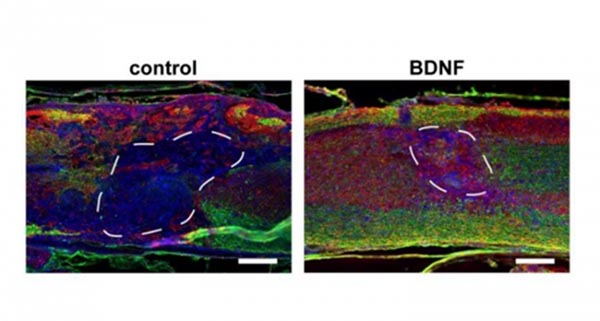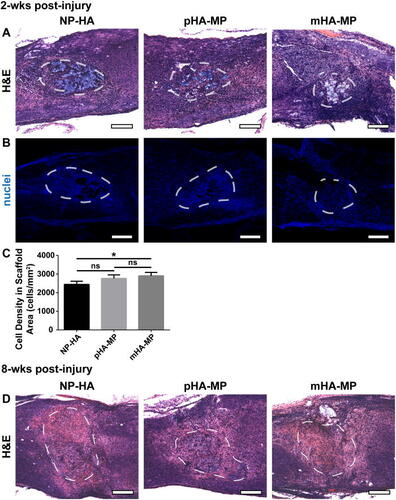Scientists are developing an injectable scaffold material that could help repair nerves after spinal injury

A spinal cord injury can lead to permanent paralysis, and unfortunately there is little doctors can do to repair the damage, foreign media reported.But a new study may help improve results. Researchers from the University of California, Los Angeles (UCLA) have shown in tests on mice that injections of a porous scaffold material can help the body repair damage.
The body is naturally good at repairing many injuries, but may have to contend with some of the most important.Axons, the nerve fibers that carry electrical signals around the body, can’t regenerate themselves after an injury, which is why spinal injuries can be so debilitating.One of the major problems is caused by an influx of immune cells to the area after an injury.This leads to the formation of scar tissue, which prevents the axons from reconnecting.
So for the new study, the UCLA team set out to help them by creating an environment of support cells that would encourage them to repair their connections.This includes a scaffold made of hyaluronic acid, filled with pores into which cells can migrate, and loaded with gene therapy vectors.These vectors encode a molecule called brain-derived neurotrophic factor (BDNF), which helps axons survive longer and regenerate.
In tests in mice, the team injected the scaffold biomaterial at the site of spinal cord injury.They found that mice that received the scaffold containing the BDNF vector infiltrated the scaffold more, and that gene delivery and tissue repair improved, compared with a control group that received the scaffold without the vector.
“In this study, we demonstrated that adding a regular network of pores, similar in size to normal cells, to these materials can increase the penetration of cells from the spinal cord tissue into the material implant and improve nerve regeneration throughout the injured area,” said Stephanie Seidlits, author of the study.
In other tests, the team tested scaffolds with a variety of apertures, or with more regularity between them.They found that a network with more regular pore shapes helped nerves fill the scaffold better and increased regeneration.
“These results provide information on how best to interact with the nervous system,” Seidlits said.”This has potential applications not only for developing new therapies for brain and spinal cord repair, but also for brain-computer interfaces, prosthetics and the treatment of neurodegenerative diseases.”
Other studies of treatments for spinal cord injuries have shown promising results by injecting stem cells, or the molecules they express, into the site of injury, while others have been able to activate repair gene therapy by applying “on/off” drugs.


